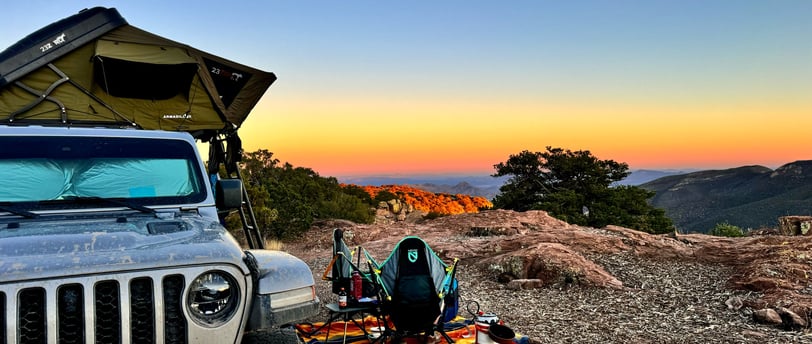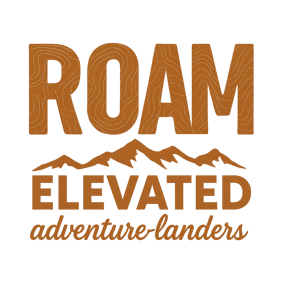Essential Overlander’s Guide to Wild Camping
Discover the ultimate wild camping experience with our essential overlander’s guide. Whether you're a seasoned adventurer or a beginner, learn how to find the perfect campsite and enjoy off-grid adventures responsibly while immersing yourself in nature's raw beauty.
Angela
2/25/20252 min read


The Essential Overlander’s Guide to Wild Camping
Wild camping is the ultimate way to experience the raw beauty of nature, unfiltered and uninterrupted. Whether you're an experienced overlander or just starting out, this guide will equip you with everything you need to know to make the most of your off-grid adventures. From finding the perfect campsite to practicing responsible camping, let’s dive in!
What is Wild Camping?
Wild camping, also known as dispersed camping or boondocking, means setting up camp outside of designated campgrounds. No picnic tables, no bathrooms, just you, your rig, and nature. It offers freedom, solitude, and a deeper connection to the environment.
Why Choose Wild Camping?
Escape the Crowds – Avoid packed campgrounds and enjoy true solitude.
Cost-Free Adventures – No campsite fees, just open land waiting to be explored.
Unparalleled Views – Wake up to breathtaking landscapes, from remote desert mesas to alpine meadows.
Flexibility & Freedom – Stay as long as you like (within legal limits) and move at your own pace.
How to Find the Best Wild Camping Spots
Public Lands: BLM (Bureau of Land Management) and National Forests are prime locations in the U.S.
Apps & Maps: Use tools like iOverlander, Gaia GPS, and OnX Offroad to scout locations.
Google Earth & Satellite View: Spot potential sites before hitting the road.
Ask Fellow Overlanders: Online forums and social media groups are goldmines for recommendations.
Exploration: Sometimes, the best spots are found by simply following an intriguing dirt road.
Essential Gear for Wild Camping
Navigation: GPS, maps, compass, and offline apps.
Shelter: Rooftop tent, ground tent, or a well-equipped overlanding rig.
Water Supply: Always carry extra water for drinking, cooking, and cleaning.
Power Source: Solar panels or a portable power station.
Cooking Gear: Camp stove, lightweight cookware, and durable utensils.
Recovery Gear: Traction boards, shovel, and tire repair kit for rough terrain.
Safety & First Aid: First-aid kit, emergency beacon, and self-defense tools if needed.
Wild Camping Ethics: Leave No Trace
Pack it in, pack it out – Leave nothing behind.
Use Existing Sites – Avoid creating new fire rings or disturbing untouched areas.
Dispose of Waste Properly – Use a portable toilet or dig a proper cathole.
Minimize Campfire Impact – Follow fire regulations and use a fire pan when necessary.
Respect Wildlife & Other Campers – Keep a safe distance and maintain a low noise level.
Safety Tips for Wild Camping
Know Local Regulations – Check camping restrictions for public lands.
Tell Someone Your Plan – Let a friend or family member know where you’re going.
Trust Your Instincts – If a site feels unsafe, move on.
Stay Weather-Aware – Flash floods, extreme heat, and sudden cold snaps can be dangerous.
Be Prepared for Emergencies – Always have a backup plan and a way to call for help.
Conclusion: Ready to Roam?
Wild camping is one of the most rewarding ways to experience overlanding. With the right preparation and mindset, you can explore remote landscapes, embrace solitude, and create unforgettable memories.
Are you ready to elevate your overlanding adventures? Check out our latest YouTube videos for real-world wild camping experiences!
